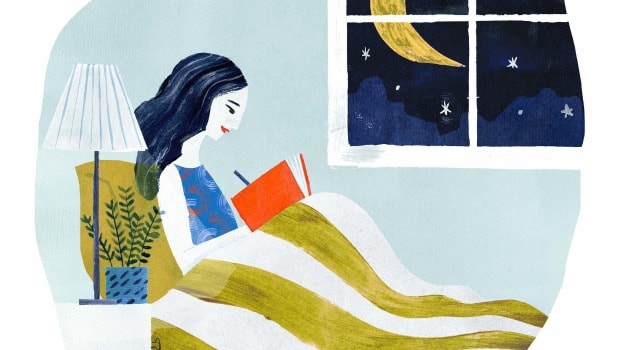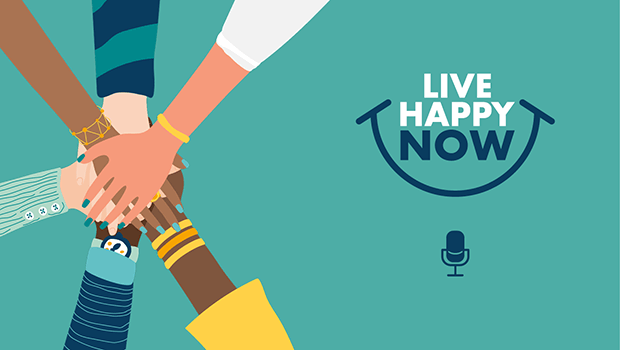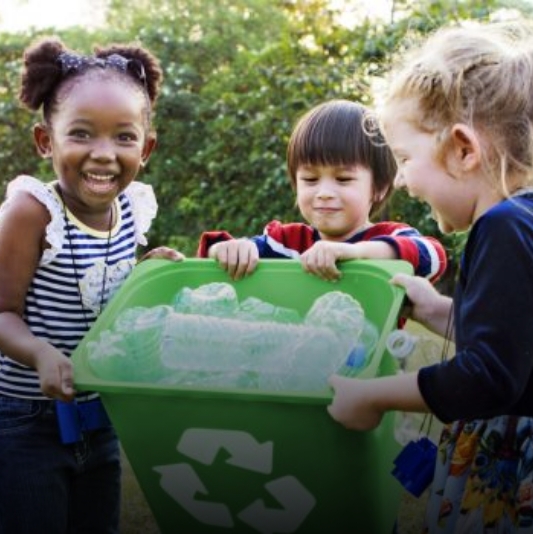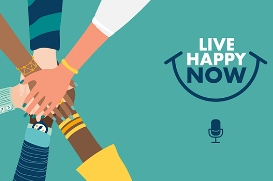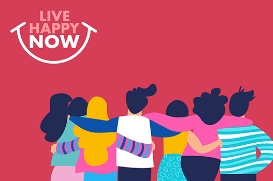Use these proven techniques to give thanks this season.
The holidays are a reminder to take inventory of all the blessings we have in our lives. Making gratitude a habit can have positive bene fits to your own happiness as well as those around you by creating stronger bonds in your relationships, finding kindness in others and carving new “good mood” grooves into your brain. What’s more, these gratitude rituals are relatively simple to do and can be performed anywhere at any time. Here are a few tips for you to practice on your own or as a family.
Ritual 1: Amazing Grace
The dinner table is a great place to re flect and reinforce our feelings of gratitude. Before you break bread, start at one end of the table and encourage every person to share something they are thankful for in their lives.
In Anne K. Fishel’s book Home for Dinner, she writes, “Rituals help create a shared family identity and sense of belonging.” By creating this time together, Anne says you can add meaning and stability to the family unit and set a positive tone for the rest of the meal.
Ritual 2: Focus on the Haves
Write down three positive things you are grateful for every night before you go to bed. Keeping a journal and a pen on the nightstand will serve as a reminder and help you establish this ritual. For the tech savvy, gratitude apps on your phone, such as Feed Your Happy and Gratitude Journal, are also a practical way to practice. Research shows that gratitude journaling can put you in a dramatically better mood and even prolong that feeling for weeks and months the more you practice. To beat the negativity bias, gratitude opens up your brain to attract positivity like bees to honey.
Read more: Start a Journal, Change Your Life
Ritual 3: The Write Stuff
Think of someone in your life who has made a signi ficant positive impact and write a letter expressing how much that person means to you. If possible, meet this person face-to-face and read the letter aloud. Notice the person’s reaction and savor those moments to recall in the future. Martin Seligman, Ph.D., professor of psychology at the University of Pennsylvania and founding member of positive psychology, introduced this gratitude exercise to his students. The assignment has proven to be a powerful display of humanity and is now the most popular portion of his positive psychology course.
Watch this video: The Connection Between Gratitude and Happiness
Ritual 4: Thankful Awareness
Try a new experience with the family and look for teachable moments, such as volunteering at a food bank or handing out gifts at a children’s hospital. Sometimes, the best way to appreciate all of the good in our own world is to take a moment to bear witness to the situations of those who are suffering. Gratitude in the face of adversity can help us weather the storms, provide a greater perspective to the plight of others and strengthen social bonds.
Rick Hanson, Ph.D., author of Buddha’s Brain, says “sustained present moment awareness” can open our eyes to a world outside of our brains and help us “rest attention on the bene ficial experiences of everyday life which are the building blocks of the inner strengths that we all want, like resilience, gratitude and love.”
Read more: 8 Easy Practices to Enhance Gratitude
Chris Libby is the Section Editor for Live Happy magazine.


